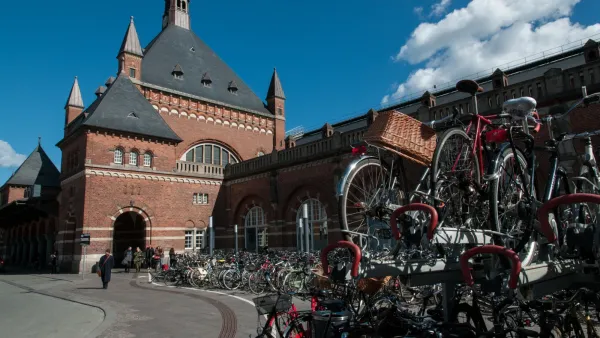The city of Austin considers a multi-billion dollar investment in a "biomass" power plant, burning wood waste in East Texas as a carbon-neutral, renewable energy source.
"The city-run utility is on the verge of going forward with a $2.3 billion, 20-year contract for the power that includes paying for the construction of the plant, which will be fueled by wood waste.
Officials with Austin Energy say the contract could lower the average residential customer's bill as much as $1.50 or raise it as much as $2.50 per month once the plant comes online in 2012, depending on future regulation, government incentives and fluctuations in the price of traditional fuels. They did not provide rate estimates beyond 2012.
Also lingering are questions about the plant's effect on air and water quality and whether there is enough wood waste near the plant near Sacul, north of Nacogdoches, to fuel it.
Austin Energy is interested in biomass power because the plants are considered carbon-neutral. The contract would also be a hedge on traditional fuel prices, officials said: They say the price of biomass fuel, once transportation to the plant is factored in, is comparable to that of natural gas. But having a 20-year contract would make that price more stable than natural gas prices, officials said."
FULL STORY: Austin's biomass power plans raise questions

National Parks Layoffs Will Cause Communities to Lose Billions
Thousands of essential park workers were laid off this week, just before the busy spring break season.

Retro-silient?: America’s First “Eco-burb,” The Woodlands Turns 50
A master-planned community north of Houston offers lessons on green infrastructure and resilient design, but falls short of its founder’s lofty affordability and walkability goals.

Delivering for America Plan Will Downgrade Mail Service in at Least 49.5 Percent of Zip Codes
Republican and Democrat lawmakers criticize the plan for its disproportionate negative impact on rural communities.

Test News Post 1
This is a summary

Test News Headline 46
Test for the image on the front page.

Balancing Bombs and Butterflies: How the National Guard Protects a Rare Species
The National Guard at Fort Indiantown Gap uses GIS technology and land management strategies to balance military training with conservation efforts, ensuring the survival of the rare eastern regal fritillary butterfly.
Urban Design for Planners 1: Software Tools
This six-course series explores essential urban design concepts using open source software and equips planners with the tools they need to participate fully in the urban design process.
Planning for Universal Design
Learn the tools for implementing Universal Design in planning regulations.
EMC Planning Group, Inc.
Planetizen
Planetizen
Mpact (formerly Rail~Volution)
Great Falls Development Authority, Inc.
HUDs Office of Policy Development and Research
NYU Wagner Graduate School of Public Service




























